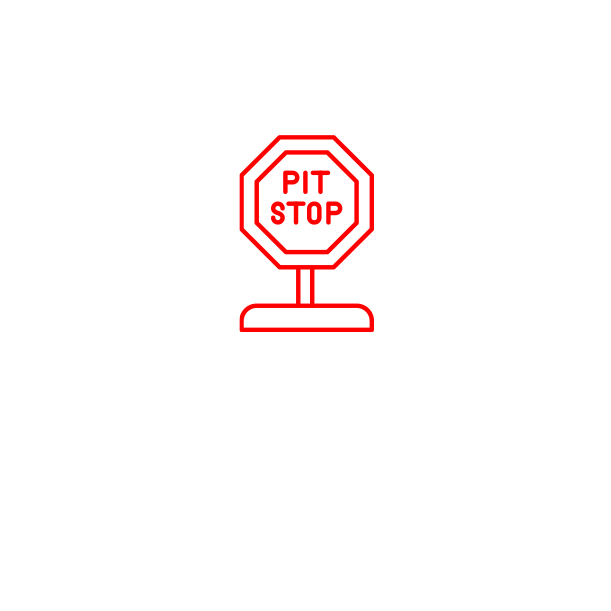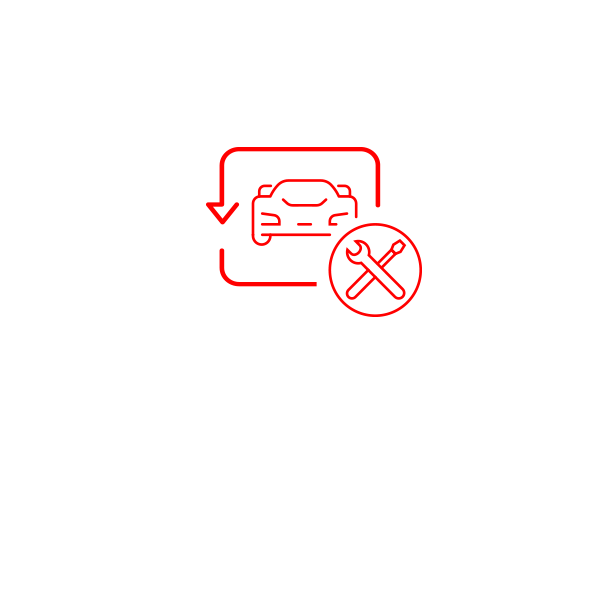 Paddock
Paddock The paddock is where teams, race organisers and race officials set up home on a TCR World Tour race weekend. Normally located next to the track and pit lane, it’s where teams prepare their cars for the weekend, host their hospitality, and arrange media sessions. For fans with passes, the paddock is a perfect opportunity to get behind the scenes and look out for their favourite drivers and personalities.
-01.png)












